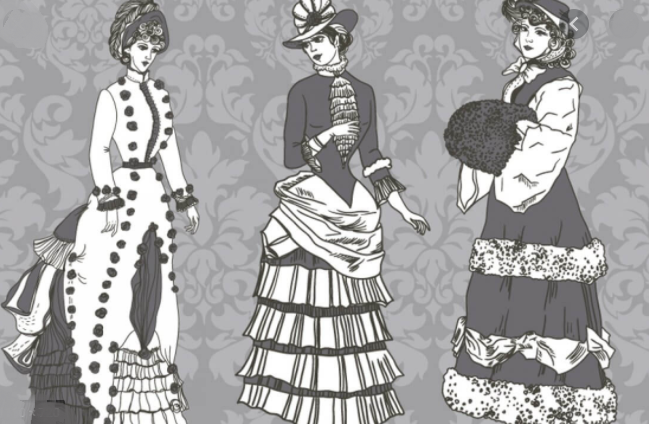
Cultural Power of Clothing: Titillated by adapted Dress Codes





For centuries clothing has been a wearable status symbol, fashion, a weapon in struggles for social change; and dress codes, a way to maintain political control.
A Woman in London, wear embroidered velvet boots, hair not seen a brush for days, and deconstructed jackets, while in America women wear sleek Armani or Donna Karan suit, with polished nails and perfectly blown-out hair. The look was more creative, but also less powerful, Parisians, by contrast, seemed beautifully stuck in conventional past, with their uniform of Chanel suit and red lipstick. In Rome, women dressed for some wonderful afternoon, assigned to follow their fancy multi-course lunch and siestas.
Stanford Law professor, Richard Thompson Ford’s history of laws of fashion, we need to know about a society through its clothes. His father a trained tailor, got him to wear fine suiting, crisp shirts, and polished dress shoes, even then he failed to make the shortlist of five for Esquire magazine’s Best Dressed Real Man contest ( he was sadly number six).
For centuries, fashion was mostly something for elites who wanted to assert status. The pearls the size of hens’ eggs on a bodice, or trunk hose, or colours and fabrics that could legally be worn only by the aristocracy. Control of fashion morphed into a fetish- as Victorians sexualised nuns’ habits, earrings worn in15th century Italy mainly by prostitutes became sex symbols for the Venetian upper crust and titillated by adapted Dress codes today. Because of “ Stealth Wealth” today men favours subtle fashion, abandoning the balloon trousers and powdered wigs. By the 18th century, the courtly dress gave way to reason and sobriety in style.
Men gave their right to all of the brighter gayer more elaborate and more varied forms of ornamentation, leaving these entirely to the use of women, and tailoring the harshest and abstemious of the arts.
The Clash of status, sex, power, and personality, is always where the heat is in fashion as women had their own Great Reunification in the 1920s with the flapper movement as the corsets have been off for a century, and yet recently has it become acceptable for female leaders to don sheath dresses instead of power suits in the office.
As the rules that set the fashion of aristocracy faded, emerging canons of elegance and propriety made the full skirts of the Victorian era and the business suite mandatory late, form-fitting flapper skirts and voluminous zoot suits became targets of moral and legal censure. Today most workplaces ban braids, dreadlocks, long fingernails, large earrings, facial hair, and tattoos and require suits and ties, make-up, and high heels. Ford Presents an insightful and entertaining history of the laws of fashion from the middle ages to the present day, a walk down history’s red carpet to uncover and examine the canons, mores, and customs of clothing rules that we often take for granted.
Dress Codes: How the Laws of Fashion made History by Richard Thompson Ford, Simon & Schuster $30, 464 pages.
